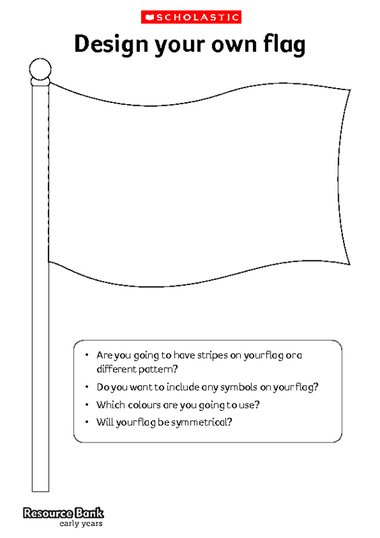
Image source: https://d3ddkgxe55ca6c.cloudfront.net/assets/a/dd/e5/design-your-own-flag-1450378.jpg
What works well in the classroom should apply just as well to real life. When you are preparing financial literacy curriculum one of the first things you should consider for each lesson plan is how it applies to real life circumstances.Young people want to learn when they know it will make a difference in their lives. If you can come up with honest, real life scenarios to back up your lesson plan then you can be pretty sure you're heading in the right direction.
This is definitely one class that you should never hear, "where are we going to use this in real life." Make the lesson plans tangible and mentally attainable in order to get things though to reach the student. The more your students can relate to a situation the more you will reach them on a fundamental level.
How to you choose practical, educational and fun financial literacy curriculum?
1) Start reaching your students by inspiring them to be their own inspiration. Ask them to write down their dream job, regardless of current financial circumstances, that they would like to go to college for. Help them start learning now that limited financial means does not always mean that you can't get to where you want to go in life. It may just take some creativity. By allowing their inspirations to lead them you are empowering them with one of the most important lessons in financial education.
2) Financial responsibility and decision making should be emphasized in today's financial literacy curriculum. Planning ahead and anticipating the possibility of experiencing tough money situations help students be prepared for the unexpected money challenges that have affected most at one point or another in their life.
A car that breaks down, unexpected job loss and other costly things have put many in debt. Sharing with your students a financial literacy curriculum that gets them prepared for these types of common events will help them achieve their financial goals faster.
Being able to plan ahead means that nothing needs to crossed off the list right away. There is a lot of potential in planning for that possible outcome. It takes away the need to live hand to mouth because you are showing them through real life financial literacy curriculum that they are quite empowered to get where they want to go. 3) Be absolutely sure you choose financial literacy curriculum that today's youth relate to, are motivated by and that moves them to take positive action. If you choose to use boring financial literacy curriculum that focuses on theory instead of practical financial education skills you risk boring the students and turning them off the subject. Pay close attention to the students and ask for their feedback so you can make lesson plan adjustments if requested.
Most people agree that delivering financial literacy curriculum will help today's youth pick up practical financial education skills. Follow the tips above and check out resources offered by leading financial education companies.